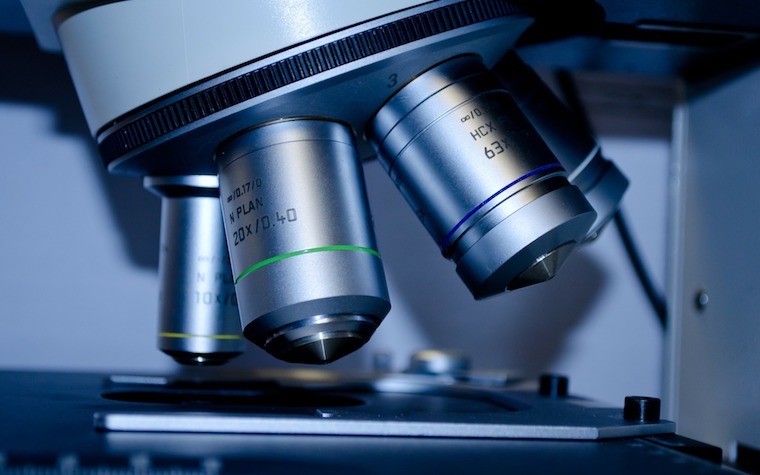Researchers from the University of Arkansas (UA) and North
Carolina State University (NCSU) recently published a new theory on proteins, arguing that they and other biomolecules are able to function by
changing shape rather than content.
“Because proteins
are not static objects, understanding their conformational dynamics is a
necessary step in deciphering the molecular mechanisms underlying their
function,"
Mahmoud Moradi, a UA assistant professor of chemistry and biochemistry, said.
"The study of protein dynamics is therefore important for
understanding the molecular basis of the disease and establishing a ‘rational
design’ for developing more efficient drugs.”
Moradi and NCSU graduate student Ashkan Fakharzadeh developed a theory to describe and simulate how proteins use shape changing to fulfill
functions. They continue to work on addressing how the functioning process works and how such structural changes can be simulated on
an atomic level.
“Conventional theories of protein dynamics ignore the curved
nature of the configurational space of biomolecules,” Moradi said. “In this
work, we have developed an innovative formalism that relies a geometric theory,
traditionally used in general relativity and similar fields, to modify theories
of protein dynamics.”
New theory on proteins takes shape


 Alerts Sign-up
Alerts Sign-up